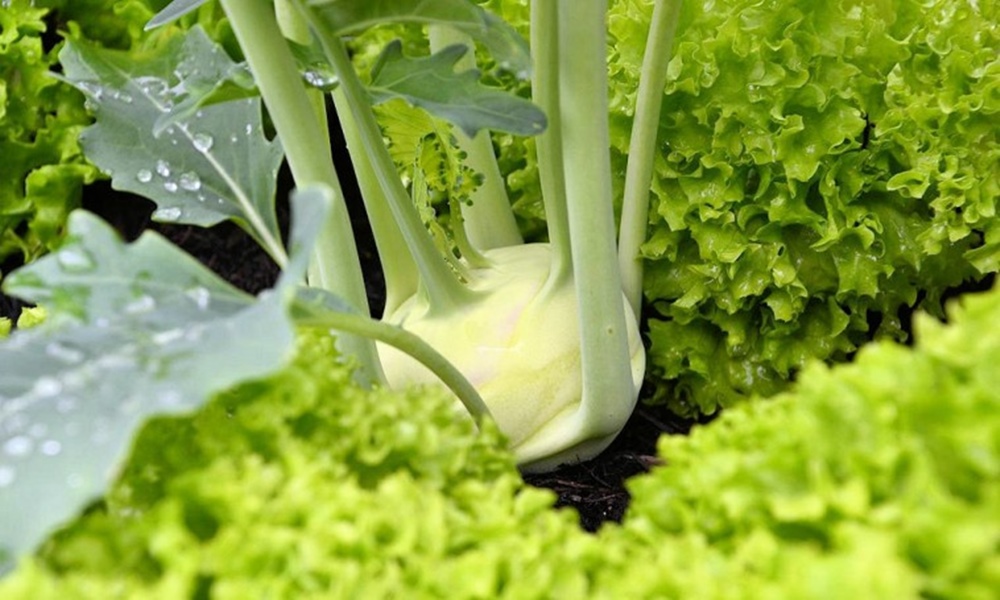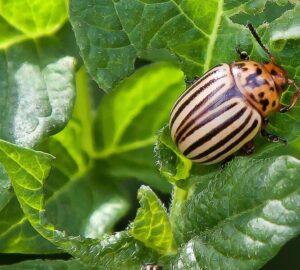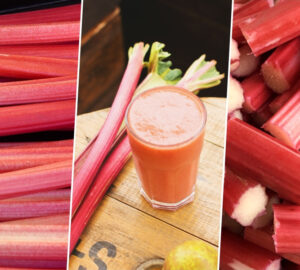As the last remnants of summer lettuce, peas, broccoli, carrots and early potatoes bid farewell to your garden beds, it’s time to usher in a new wave of crops. Even if space in your beds is scarce, you can still prepare for a bountiful autumn and winter harvest by sowing seeds now. To make the most of your garden, start by planting seeds in pots and later transplanting the seedlings into their final garden spots.
What to Plant?
Arugula or Rocket: Get a head start by sowing arugula seeds from early March to September. Opt for cooler days for better germination, like evenings, and maintain even moisture for a healthy crop.
Asian Lettuce (Pak Choi, Tatsoi): These versatile cabbages are ideal for autumn-winter cultivation. You can sow them from March to September, and you have the option to pick their leaves individually.
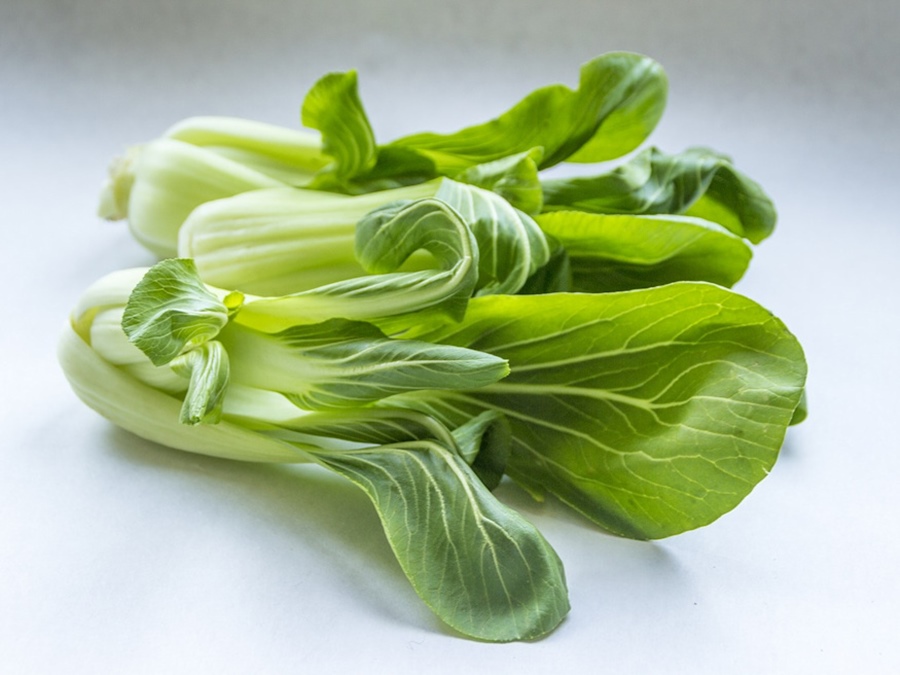
Beetroot: Sow beetroot seeds from early April to late September. Late sowing also yields tender, radish-sized baby beets in just eight weeks.
Broccoli: This cool-weather favorite can be sown in the late summer or early autumn.
Bush Beans: Plant bush beans between late April and late July, piling soil around the base when seedlings reach about 10 cm in height.
Carrots: Sow carrots from mid-May to the end of July, and protect them from carrot flies by covering with fine mesh netting.
Curly Kale: Enjoy hearty kale by sowing it from mid-May to early August. For late summer sowing, opt for denser planting to harvest baby leaves.
Fennel: Plant fennel seeds from the end of June to the end of July for tender tubers, piling soil around the base of the plant.
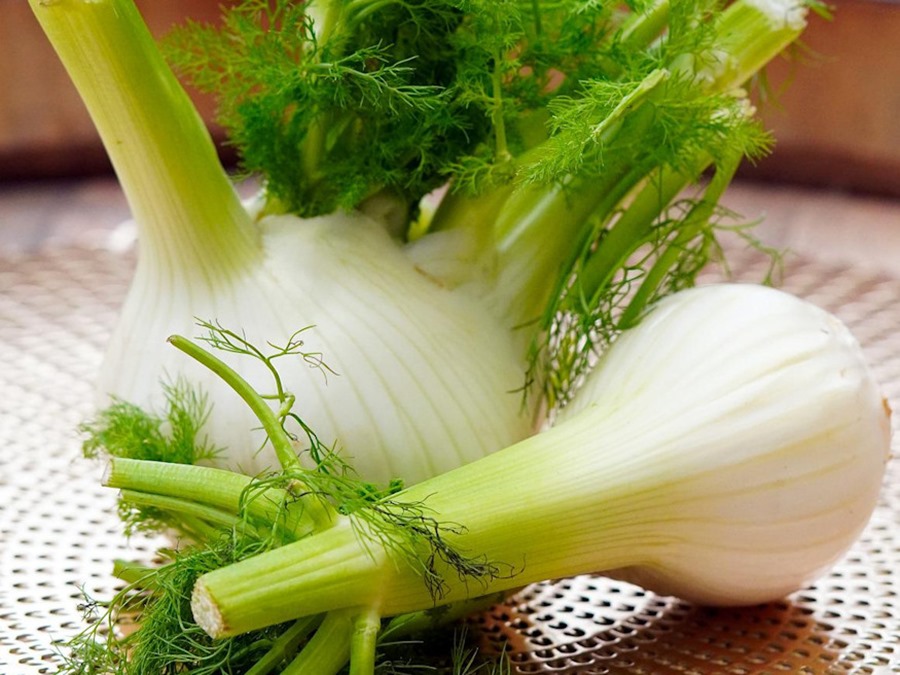
Garden Lettuce, Leaf Lettuce (Endive, Radicchio, Lollo Rosso, Garden Lettuce): These late varieties of lettuce can be sown from mid-June to mid-September. Sow them on cooler days, water with cold tap water and shield with tulle netting for optimal results.
Kohlrabi: Sow kohlrabi from mid-March to the end of August, thinning the seedlings when their first real leaves appear.
Lamb’s Lettuce: Choose powdery mildew-resistant and winter-hardy varieties to sow from late July to mid-September.
Miner’s Lettuce or Winter Purslane: This undemanding winter vegetable can be sown from mid-September to the end of February.
Napa Cabbage or Chinese Cabbage: Keep the moisture consistent when planting Napa cabbage from mid-July to the end of July.
Peas: Sow peas in late summer or early autumn to enjoy their sweet flavor as the weather cools.
Radishes: For a continuous supply, sow radishes from late March to late September in multiple stages.
Spinach: Enjoy fresh spinach by sowing from the end of August to mid-October. For continuous harvesting, sow in several stages starting in August.
Spring Onions: Sow spring onions from the beginning of August to the end of September for a harvest in April and May.
Swiss Chard: For an extended harvest, sow Swiss chard from mid-April to early August, making sure to provide a semi-shaded spot during the summer.
White Turnip: Plant small, tuberous, and tender white turnips from mid-August to the end of September. They offer a flavor reminiscent of radishes.

Winter Radishes: Enhance your mixed garden with winter radishes, sown from the end of June to the end of September, thriving alongside carrots, tomatoes, and beans.
Now that you know the perfect timing for sowing these autumn and winter vegetables, your garden can remain a source of fresh, homegrown delights all year round. So, get those seeds in the ground and watch your garden flourish even as the seasons change! Happy gardening!



